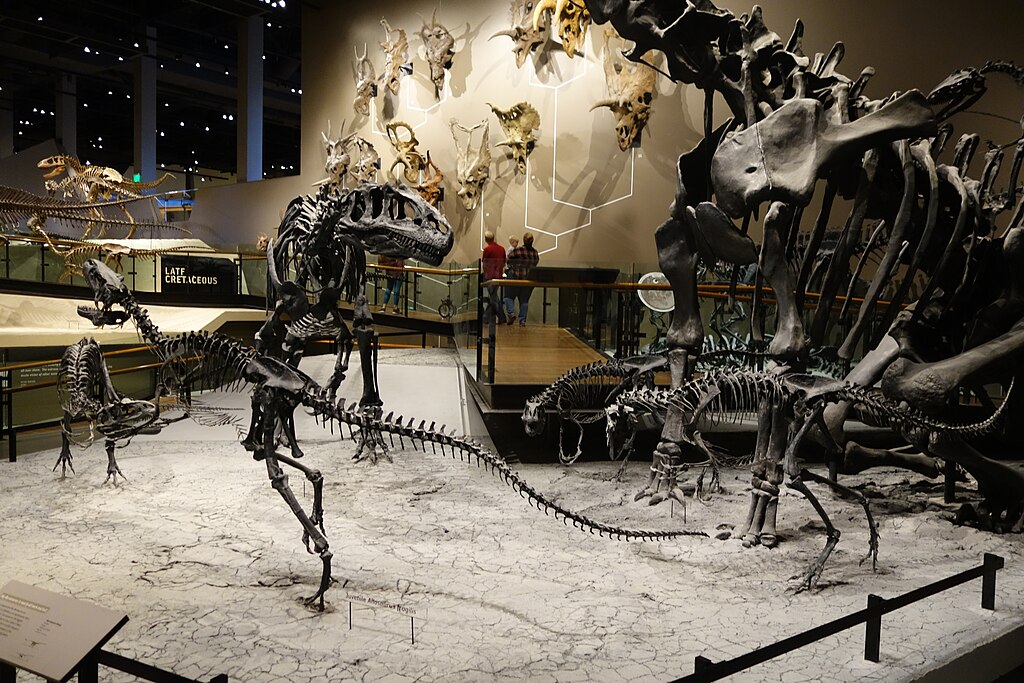The world of paleontology is constantly evolving, with new discoveries frequently challenging our long-held assumptions about dinosaurs. Science writers play a crucial role in translating complex research findings into accessible knowledge for the public, helping reshape our collective understanding of these magnificent prehistoric creatures. Over the past few decades, what we thought we knew about dinosaurs has undergone dramatic revisions, from their appearance and behavior to their evolutionary relationships. This article explores seven significant ways science writers are communicating revolutionary changes in our understanding of dinosaurs, bringing these ancient creatures to life in ways previous generations could never have imagined.
The Feathered Revolution: Dinosaurs Weren’t Just Scaly
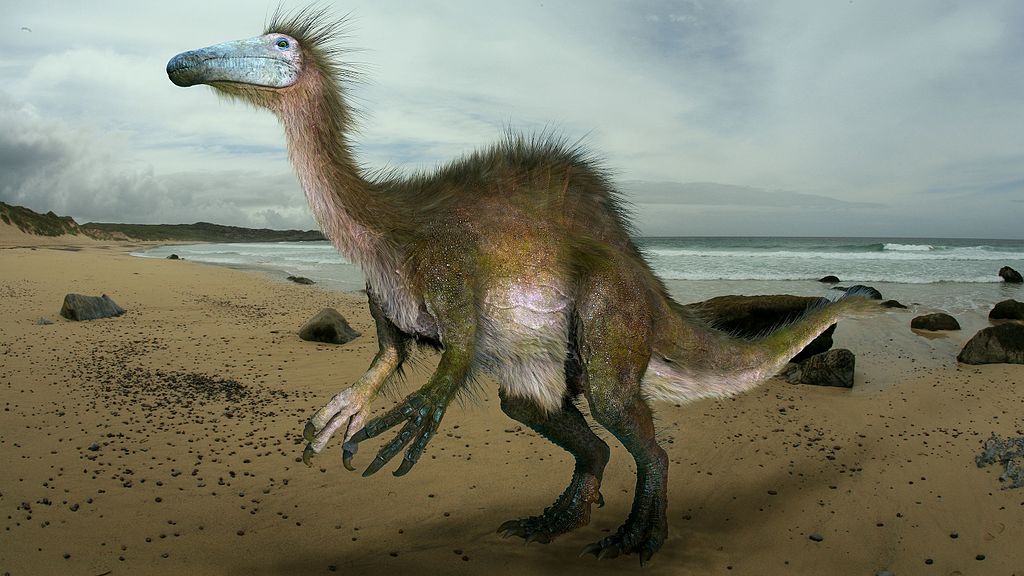
Perhaps the most dramatic shift in our perception of dinosaurs has been the widespread acceptance that many species were feathered, not just scaly as traditionally depicted. Science writers have been instrumental in communicating this paradigm shift, explaining how multiple fossil discoveries—particularly from China’s Liaoning Province—have revealed exquisitely preserved feather impressions on numerous theropod dinosaurs. These weren’t just simple structures but often complex feathers similar to those of modern birds. Writers have helped the public understand that T. rex relatives like Yutyrannus and Dilong paradoxus were likely covered in primitive feathery structures, challenging the iconic scaly image popularized by films like Jurassic Park. This transformation in our understanding represents one of the most significant rewritings of dinosaur science, connecting these prehistoric creatures directly to the birds we see today.
Vibrant Colors Replace Drab Grays and Greens
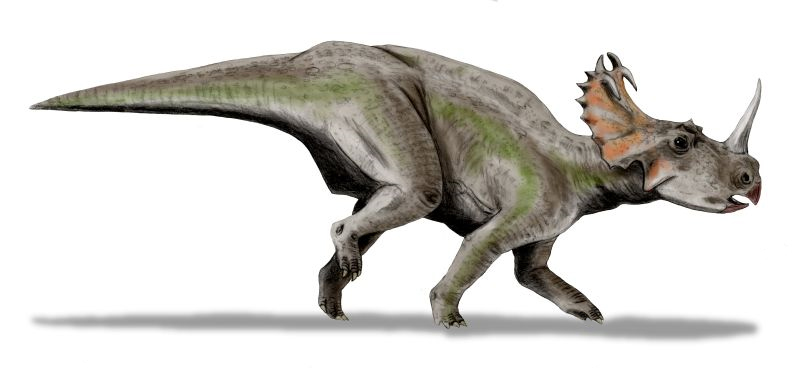
Science writers have brought to life remarkable new research indicating that dinosaurs were far more colorful than previously thought. By explaining complex scientific techniques like scanning electron microscopy that can identify melanosomes (pigment-containing structures) in fossilized feathers, writers have helped transform our mental image of dinosaurs from drab greens and browns to potentially vibrant creatures. Publications have detailed how studies of dinosaurs like Sinosauropteryx revealed a rusty-red and white striped tail, while Microraptor may have had iridescent black feathers similar to modern crows. These revelations about dinosaur coloration aren’t just cosmetic changes but provide insights into their behavior, habitat preferences, and even courtship displays. Through accessible explanations of these findings, science writers have literally recolored our understanding of the prehistoric world, making it more dynamic and vivid than previously imagined.
Warm-Blooded Dinosaurs: Active, Energetic Creatures

The cold-blooded, sluggish dinosaur stereotype has been thoroughly dismantled in science writing over the past decades. Writers have effectively communicated complex research on bone histology (microscopic structure) that shows many dinosaurs had growth patterns more similar to mammals and birds than reptiles. Articles explaining studies of oxygen isotopes in dinosaur teeth and bones have revealed evidence suggesting many dinosaurs maintained stable body temperatures regardless of external conditions—a hallmark of endothermy (warm-bloodedness). Science journalists have clarified how this metabolic shift would have dramatically affected dinosaur behavior, allowing for more sustained activity, faster growth rates, and potentially complex social behaviors that require consistent energy output. This rewriting of dinosaur physiology transforms them from lumbering, reptilian creatures into active, dynamic animals more akin to modern birds—their living descendants—than to crocodiles or lizards.
Social Dinosaurs: Complex Behaviors Beyond the “Lone Predator” Myth

Science writers have dramatically reshaped our understanding of dinosaur social behavior, moving beyond the “lone predator” or simple herding narratives to reveal much more complex social structures. By translating research from multiple trackway sites showing groups of dinosaurs traveling together and from bonebeds suggesting pack hunting or family groups, writers have painted a picture of dinosaurs as social creatures with sophisticated interactions. Articles have explained how evidence from nesting sites indicates many dinosaurs provided extended parental care, with species like Maiasaura (“good mother lizard”) tending to their young in nest colonies. Science communicators have also detailed research suggesting some predatory dinosaurs like Deinonychus may have hunted in coordinated packs, using their intelligence and speed to bring down larger prey. These narratives of dinosaur sociality transform our understanding from simple reptilian behavior to complex social dynamics more reminiscent of modern birds and mammals.
The Extinction Event: More Nuanced Than We Thought

The traditional narrative of dinosaur extinction following a catastrophic asteroid impact has been significantly refined through science writing in recent years. Writers have carefully explained how the Chicxulub impact was indeed devastating, but new research indicates dinosaur diversity was already declining for millions of years before the asteroid struck. Articles have communicated research suggesting massive volcanic eruptions in what is now India (the Deccan Traps) were already causing climate change and habitat disruption. Science journalists have detailed how the asteroid impact likely delivered the final blow to an already stressed ecosystem rather than being the sole cause of extinction. Furthermore, writers have emphasized that dinosaurs didn’t completely disappear—birds survived and diversified, meaning dinosaurs are still among us today. This more nuanced understanding of the extinction event provides a more accurate picture of Earth’s history and demonstrates how multiple factors can combine to drive major evolutionary transitions.
Dinosaur Sounds: Beyond the Roar

Science writers have challenged the popular conception of roaring dinosaurs by explaining new research into dinosaur vocalization capabilities. Articles have detailed how studies of dinosaur skull anatomy, particularly of sound-producing structures, suggest many dinosaurs physically couldn’t produce the mammalian-style roars depicted in movies. Instead, science communicators have described how closed-mouth vocalizations similar to cooing, booming, or even infrasound rumbles (below human hearing range) might have been more likely for many species. Writers have explained research on dinosaurs like Parasaurolophus, whose elaborate head crest likely functioned as a resonating chamber for producing distinctive calls. Some articles have even explored how the closest living relatives of dinosaurs—birds and crocodilians—use diverse vocalizations from hisses and grunts to complex songs, suggesting dinosaur communication was similarly varied. This rewriting of dinosaur sounds transforms our auditory imagination of the prehistoric world, replacing simplistic roars with a more scientifically informed soundscape.
Dinosaur Intelligence: Smarter Than We Gave Them Credit For

Science writers have been instrumental in revising our understanding of dinosaur intelligence, moving beyond the old “walnut-sized brain” misconceptions toward a more nuanced view of their cognitive abilities. Articles have explained how endocasts (molds of brain cavities) reveal many dinosaurs had larger brain-to-body ratios than previously thought, particularly among theropods and some ornithopods. Writers have communicated research showing enlarged cerebral hemispheres and visual processing areas in certain dinosaur groups, suggesting enhanced sensory perception and possibly more complex behaviors. Science journalists have detailed studies of the troodontid family of dinosaurs, which had some of the highest brain-to-body ratios among non-avian dinosaurs, potentially indicating intelligence comparable to some modern birds. By presenting this evidence in accessible terms, science writers have transformed our perception of dinosaurs from instinct-driven automatons to animals with varying degrees of problem-solving abilities and behavioral flexibility, particularly among the ancestors of birds.
The Speed Debate: Rethinking Dinosaur Movement
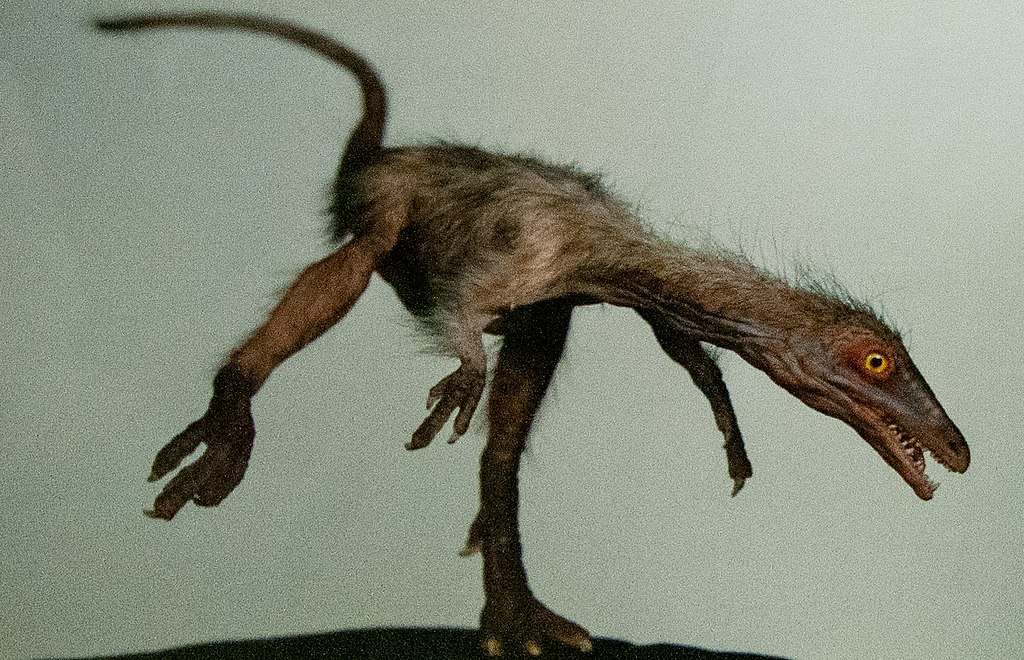
Traditional depictions of dinosaur movement have undergone significant revision through science writing that translates biomechanical research into accessible narratives. Writers have explained how computer modeling and comparative anatomy studies have challenged both extremes of dinosaur speed assumptions—neither the lumbering giants nor the cheetah-fast predators of popular imagination accurately represent most dinosaur capabilities. Science journalists have detailed studies suggesting T. rex likely couldn’t run at high speeds (probably maxing out around 12-17 mph) due to its massive body size and the risk of catastrophic injury from falling. Conversely, writers have communicated research indicating some smaller dinosaurs like Compsognathus might have been remarkably agile and swift. Articles have explained how trackway evidence, bone strength analysis, and muscle attachment sites all contribute to our understanding of dinosaur locomotion. This more nuanced portrayal of dinosaur movement capabilities, grounded in physics and biomechanics, provides a more scientifically accurate picture of how these animals navigated their prehistoric world.
Mini Dinosaurs: Not Everything Was Gigantic
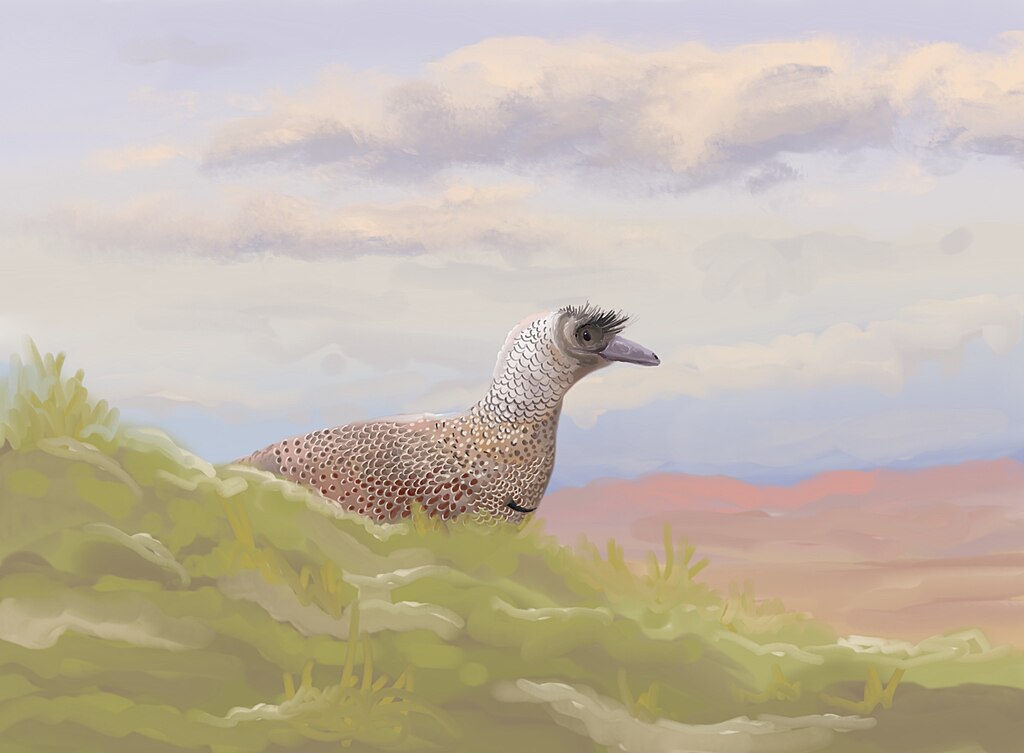
Science writers have helped correct the common misconception that all dinosaurs were giants by highlighting research on the remarkable diversity of dinosaur body sizes. Articles have detailed discoveries of dinosaurs like Microraptor, which was roughly the size of a crow, and Parvicursor, which weighed less than a kilogram. Writers have explained how island dwarfism affected dinosaur evolution in restricted environments, such as the diminutive Europasaurus, a sauropod that grew to only about 10% of the size of its mainland relatives due to limited resources on its island habitat. Science journalists have also communicated research suggesting some miniature dinosaurs weren’t juveniles but fully mature animals that had evolved smaller body sizes to fill specific ecological niches. This emphasis on dinosaur size diversity helps paint a more accurate picture of prehistoric ecosystems where dinosaurs of various sizes coexisted and interacted, rather than a world populated exclusively by behemoths.
The Bird Connection: Rewriting Dinosaur Family Trees

Science writers have been crucial in communicating the revolutionary understanding that birds are, in fact, living dinosaurs—specifically, highly specialized theropod dinosaurs that survived the end-Cretaceous extinction event. Articles have explained the overwhelming anatomical, developmental, and genetic evidence supporting this classification, detailing the numerous shared features between birds and their dinosaur ancestors. Writers have clarified how the discovery of transitional fossils like Archaeopteryx, Microraptor, and Anchiornis has helped fill in the evolutionary steps between non-avian dinosaurs and modern birds. Science journalists have also communicated how cladistic analysis (a method for determining evolutionary relationships) has firmly established birds within the dinosaur family tree rather than as a separate group. This fundamental rewriting of dinosaur classification transforms our understanding of evolution and makes clear that dinosaurs didn’t completely disappear 66 million years ago—they continue to thrive all around us in the form of more than 10,000 species of modern birds.
Dinosaur Nesting Behaviors: Family Life in the Mesozoic

Science writers have transformed our understanding of dinosaur reproduction by communicating research on nesting behaviors that suggests complex parental care rather than simple reptilian egg-laying and abandonment. Articles have detailed discoveries of adult Oviraptor specimens fossilized while sitting on their nests, demonstrating brooding behaviors similar to modern birds. Writers have explained research on Maiasaura nesting colonies, where evidence suggests parents delivered food to nest-bound young, indicating extended care after hatching. Science journalists have communicated studies of dinosaur eggs showing some species laid their eggs in carefully constructed nests rather than simply burying them like many reptiles. These narratives of dinosaur parental investment challenge the old perception of dinosaurs as simplistic reptiles and instead portray them as creatures with sophisticated reproductive strategies more similar to birds. Through these rewritten accounts of dinosaur family life, the public gains a more nuanced understanding of these animals as parents, not just predators or prey.
Dinosaur Digestion: Complex Diets Beyond Simple Carnivores and Herbivores
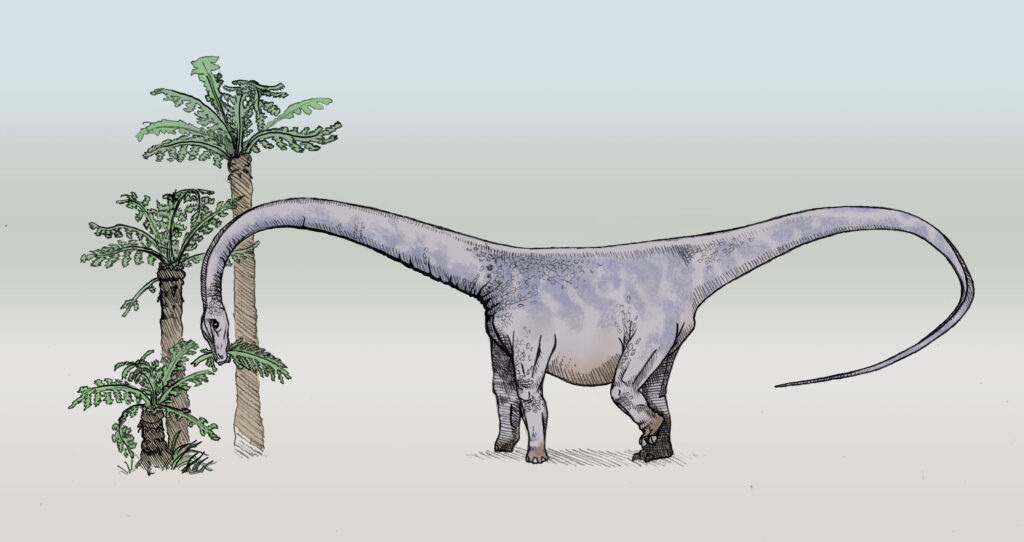
Science writers have revised our understanding of dinosaur diets by explaining research that reveals more complex feeding behaviors than the simple carnivore-herbivore dichotomy. Articles have detailed discoveries of preserved stomach contents showing omnivorous tendencies in dinosaurs previously thought to be strictly herbivorous or carnivorous. Writers have communicated studies of dinosaur tooth wear patterns and jaw mechanics that indicate diverse feeding strategies, from precise leaf-picking to bone-crushing capabilities. Science journalists have explained research on coprolites (fossilized feces) that provides direct evidence of what dinosaurs actually consumed, sometimes revealing surprising dietary components. Articles have also detailed how isotope analysis of teeth can reveal dietary patterns throughout a dinosaur’s life, showing that some species changed their feeding habits as they matured. This more nuanced portrayal of dinosaur feeding ecology helps paint a more accurate picture of prehistoric food webs and the various ecological roles dinosaurs played in their environments.
Conclusion: Continuing Evolution of Dinosaur Science
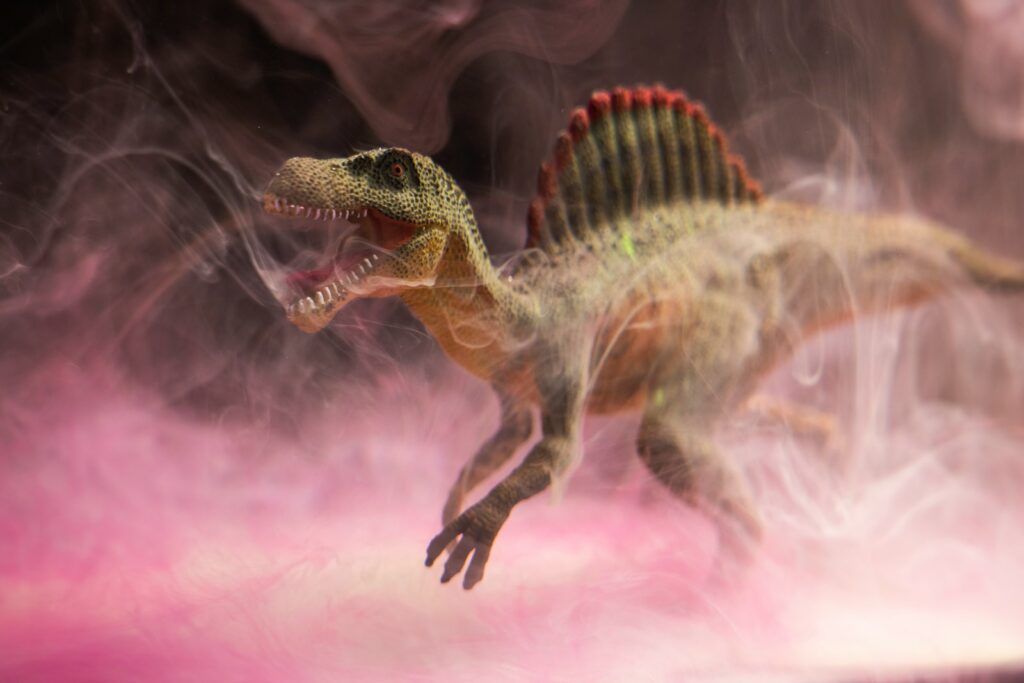
The ways science writers are rewriting our understanding of dinosaurs reflect not just new discoveries but evolving scientific methods that allow researchers to extract more information from fossils than ever before. From advanced imaging techniques that reveal soft tissue details to molecular studies that illuminate evolutionary relationships, dinosaur science continues to advance rapidly. Science writers serve as the crucial bridge between these complex research findings and public understanding, transforming technical papers into compelling narratives that reshape our collective vision of the prehistoric world. As new technologies and methodologies emerge, we can expect further revisions to our understanding of dinosaurs in the coming years. The dinosaurs that capture our imagination today—feathered, colorful, warm-blooded, and behaviorally complex—would be barely recognizable to paleontologists of a century ago, demonstrating how dramatically science can transform our understanding of the past when effectively communicated by skilled writers.



